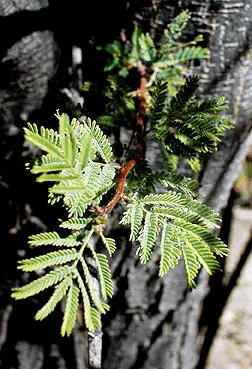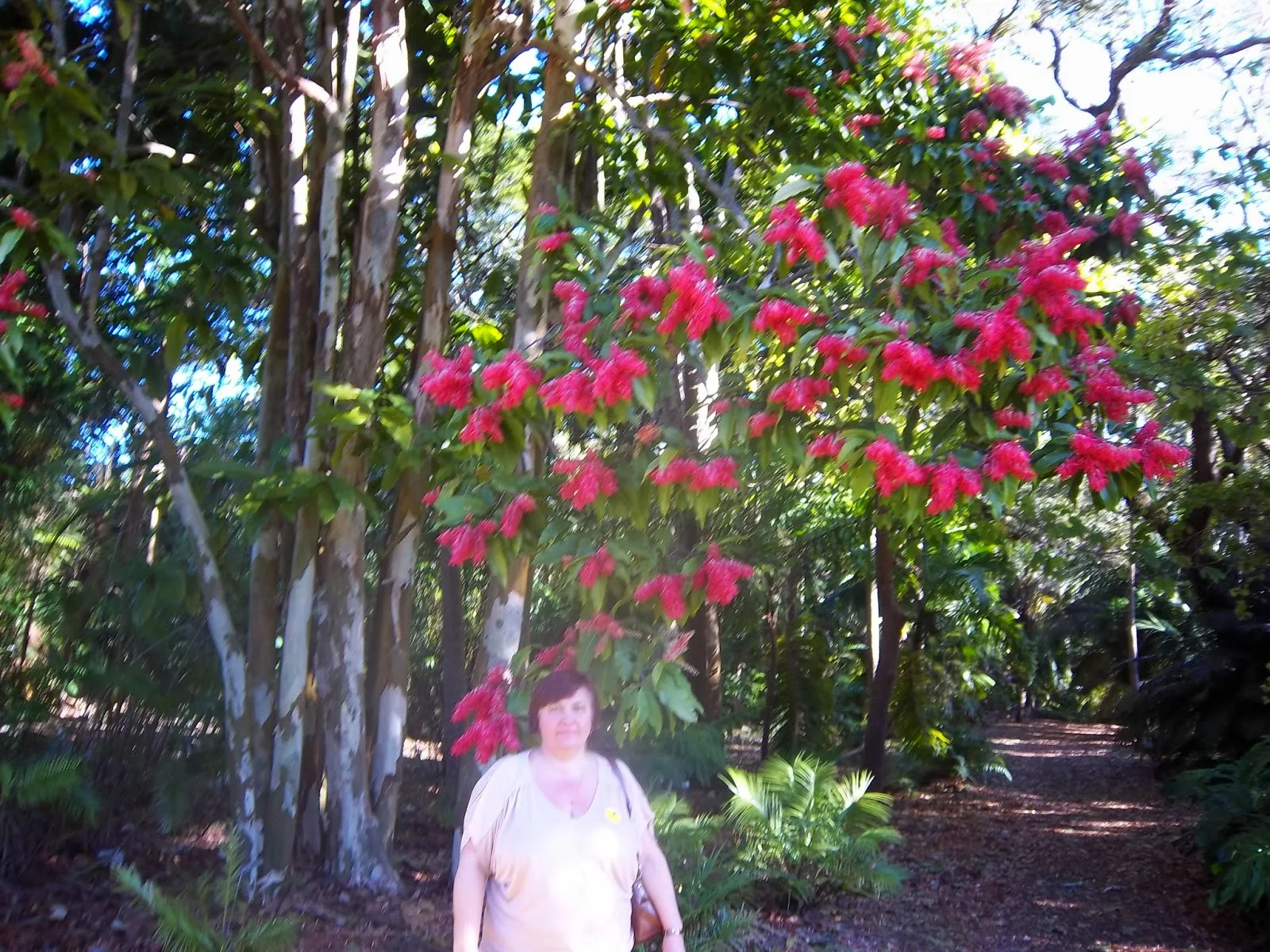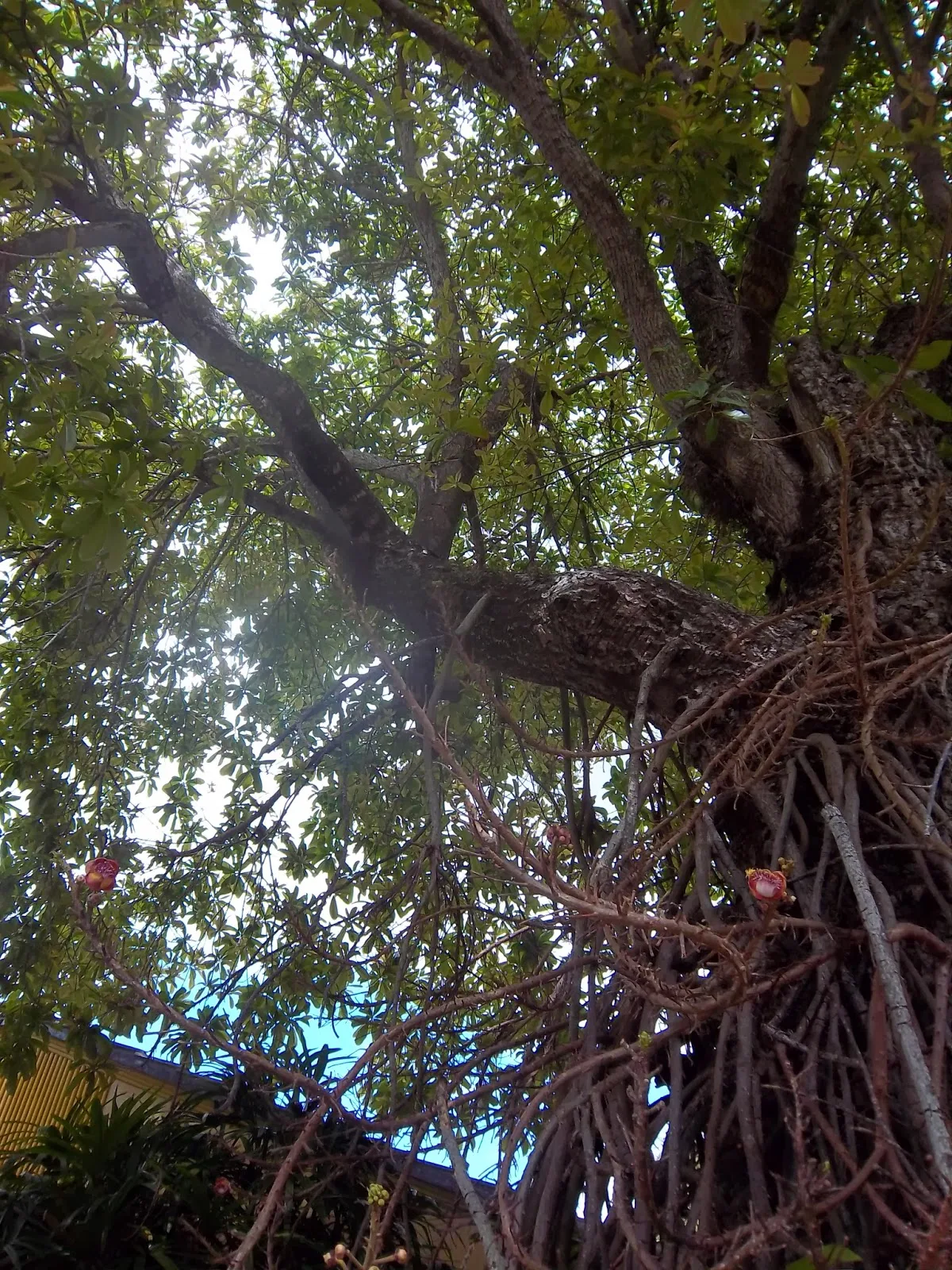By Liliana Usvat
Blog 155-365
There is a science that is able to transform deserts in Forest Foods. The name of this science is Permaculture.
Here is a video that show the process. It is an amazing video that I recommend it.
http://permaculturenews.org/2009/12/11/greening-the-desert-ii-final/
For now we take one plant at a time and focus on it to promote it to be planted in arid areas.
Acacia farnesiana or Sweet Acacia
This tall, semievergreen, native shrub or small tree has feathery, finely divided leaflets of a soft, medium green color. The slightly rough stems are a rich chocolate brown or grey, possessing long, sharp, multiple thorns. The small, yellow, puff-like flowers are very fragrant and appear in clusters in late winter then sporadically after each new flush of growth, providing nearly year-round bloom. The persistent fruits have a glossy coat and contain seeds which are cherished by birds and other wildlife.
It can be trained into a tree for use in median strips, or can be
used as a street tree where there is not a need for tall-vehicle
clearance beneath the crown. The small stature and low, spreading
branching habit makes pruning for vehicular clearance difficult unless
it is properly trained from an early age. But the required input of
manhours for early training may be offset by the high drought, pest and
insect resistance of the tree. Do not locate the tree too close to
where people can be injured by the sharp thorns on the branches.
Although easy to grow in any acid or alkaline soil, including clay, the leaves will drop if the soil is allowed to dry out. This drought avoidance mechanism allows the plant to grow well with no irrigation once established.
Growing best in full sun, this thorny, well-branched shrub makes an excellent barrier planting or nesting cover for wildlife. When trained as a small tree and used as a freestanding specimen, it is likely to provide a source for comments, such as "what's that?".
But its growth rate is extremely slow, making it unpopular in the nursery trade but popular with those who care for it in the landscape. Sweet Acacia has its place in any sunny shrub border or as an accent plant in any garden if located away from areas where children frequent, since the thorns can inflict severe pain. It is well suited for dry climates with little rainfall.
Propagation of Sweet Acacia is by seeds or cuttings.
Fruits
It will continue to bloom throughout the year, though more sparsely. It produces leguminous fruit encased in woody pods. The seeds are attractive to birds and other wildlife.

Notes
The common name, huisache, is Nahuatl (language of the Aztecs) meaning many thorns. The fragrant flowers have been used in the perfume industry. This acacia will drop its leaves under severe drought conditions as a defense mechanism.
Blog 155-365
There is a science that is able to transform deserts in Forest Foods. The name of this science is Permaculture.
Here is a video that show the process. It is an amazing video that I recommend it.
http://permaculturenews.org/2009/12/11/greening-the-desert-ii-final/
For now we take one plant at a time and focus on it to promote it to be planted in arid areas.
Acacia farnesiana or Sweet Acacia
This tall, semievergreen, native shrub or small tree has feathery, finely divided leaflets of a soft, medium green color. The slightly rough stems are a rich chocolate brown or grey, possessing long, sharp, multiple thorns. The small, yellow, puff-like flowers are very fragrant and appear in clusters in late winter then sporadically after each new flush of growth, providing nearly year-round bloom. The persistent fruits have a glossy coat and contain seeds which are cherished by birds and other wildlife.
Use and Management
Although easy to grow in any acid or alkaline soil, including clay, the leaves will drop if the soil is allowed to dry out. This drought avoidance mechanism allows the plant to grow well with no irrigation once established.
Growing best in full sun, this thorny, well-branched shrub makes an excellent barrier planting or nesting cover for wildlife. When trained as a small tree and used as a freestanding specimen, it is likely to provide a source for comments, such as "what's that?".
But its growth rate is extremely slow, making it unpopular in the nursery trade but popular with those who care for it in the landscape. Sweet Acacia has its place in any sunny shrub border or as an accent plant in any garden if located away from areas where children frequent, since the thorns can inflict severe pain. It is well suited for dry climates with little rainfall.
Propagation of Sweet Acacia is by seeds or cuttings.
Fruits
It will continue to bloom throughout the year, though more sparsely. It produces leguminous fruit encased in woody pods. The seeds are attractive to birds and other wildlife.

Traditional medicine
- The bark and the flowers are the parts of the tree most used in traditional medicine. V. farnesiana has been used in Colombia to treat malaria
- Colombians bathe in the bark decoction as a treatment for typhoid
- The extract from the tree bark and leaves has shown some efficacy against the malarial pathogen Plasmodium falciparum in animal models .
- Indigenous Australians have used the roots and bark of the tree to treat diarrhea and diseases of the skin.
- The tree's leaves can also be rubbed on the skin to treat skin diseases.
- The flowers are added to ointment, which is rubbed on the forehead to treat headaches
- The powdered dried leaves have been applied externally as a treatment for wounds
- The green pods have been decocted and used in the treatment of dysentery and inflammations of the skin and raucous membrane
- The juice of the bark is used in Nepal to treat swellings
- An infusion of the pod has been used in the treatment of sore throats, diarrhoea, leucorrhoea, conjunctivitis, and uterorrhagia

Food
The leaves are used as a tamarind flavoring for chutneys and the pods are roasted to be used in sweet and sour dishesNotes
The common name, huisache, is Nahuatl (language of the Aztecs) meaning many thorns. The fragrant flowers have been used in the perfume industry. This acacia will drop its leaves under severe drought conditions as a defense mechanism.














































